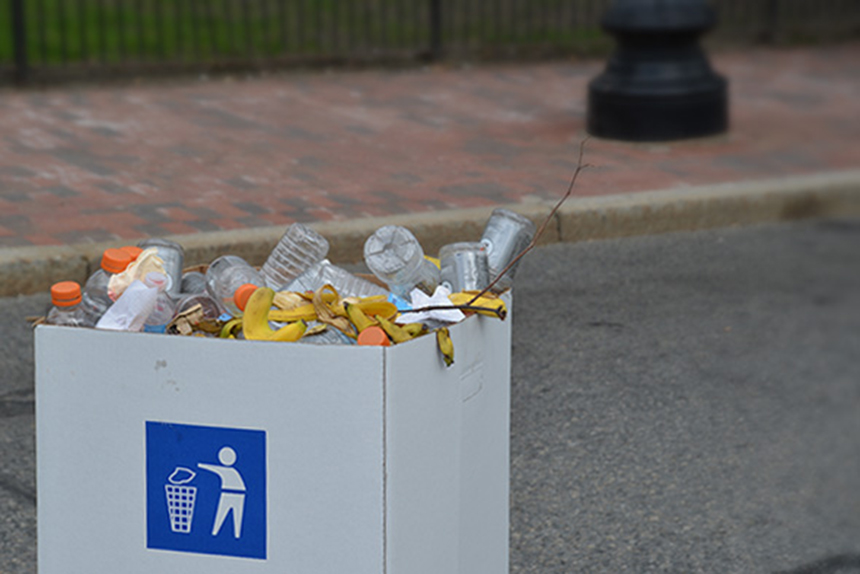Brewery Wastewater Discussion Comes to Frothy Head
October 23, 2019
PROVIDENCE — Can Rhode Island’s burgeoning brewing industry and a healthy environment co-exist? At a recent workshop held by the Department of Environmental Management (DEM), local breweries, including Long Live Beerworks, Apponaug Brewery, Revival, and Beer On Earth, listened to presentations by various officials, scientists, and specialists about what they can do to brew more eco-friendly.
One topic that kept popping up: wastewater.
During the brewing process, water is steeped with grain, strained, and yeast and hops are added before fermentation. After that, the yeast and trub, a mix of proteins, fats, hops, and dead yeast, is removed, and what began as murky water gets even closer to becoming that familiar fermented beverage we know and love.
But what happens to all the water-solid mixtures that are removed during the process? Turns out wastewater is a sore spot for breweries dealing with local municipal wastewater treatment regulations.
Breweries’ wastewater is tougher for the bacteria in wastewater treatment plants to process, since its pH and nutrients can shock the bacteria. If it enters waterways untreated, brewery wastewater can cause spikes in levels of phosphorous, which can lead to harmful algae blooms.
“Brewery wastewater has about 15,000 milligrams per liter of biochemical oxygen demand (BOD),” said Joseph Habarek, supervisor for DEM wastewater permitting. “In comparison, domestic wastewater has around 250 milligrams per liter of BOD.”
BOD describes the amount of dissolved oxygen needed by aerobic biological organisms to break down organic material present in a given water sample at certain temperature over a specific time period.
“Put another way, a single brewery’s wastewater is roughly equivalent to that of 100 homes,” Habarek said.
While DEM encourages breweries to look at ways to pre-treat their wastewater before it heads to a municipal wastewater treatment facility — anaerobic processors and side-streaming solid waste, or selling used grain to local farmers for feed — local brewers expressed frustrations with municipal regulations.
“When we met with DEM in the past, they’ve always said ‘dilution is not the solution,’ but honestly we’ve had chemical companies do presentation at our brewery saying the opposite,” Newport Craft Brewing president, founder, and master distiller Brent Ryan said. “And when you have municipalities that put caps on your wastewater BOD in milligrams per liter, there is no incentive to conserve water.”
While wastewater treatment may be contentious, Sean Dixon, New England chief of staff for the Environmental Protection Agency, showed a video at the end of the Oct. 21 workshop highlighting a few wastewater-treatment success stories from breweries in Vermont. One of them, Magic Hat, installed an anaerobic digester in its brewery, and used the methane produced to provide electricity for its operation, cutting its energy bill by 60 percent.
While many Rhode Island breweries aren’t large enough to afford an anaerobic digester — the price tag ranges from $400,000 to $5 million — the impending opening of an anaerobic digester in Johnston and an array of grants that promote green business practices will provide more options to make eco-friendly brewing a reality.
“We’re here to help you, whatever it takes,” said Mohamed Freij, DEM supervising sanitary engineer.




At Earth Care Farm we have been running a successful pilot, composting the brewery byproduct from Whalers Brewery. The low pH of the brewery sediments mixes well with our oxygen rich composting process. It’s an affordable and low tech way of handling this brewery byproduct with the end result of a rich soil amendment.